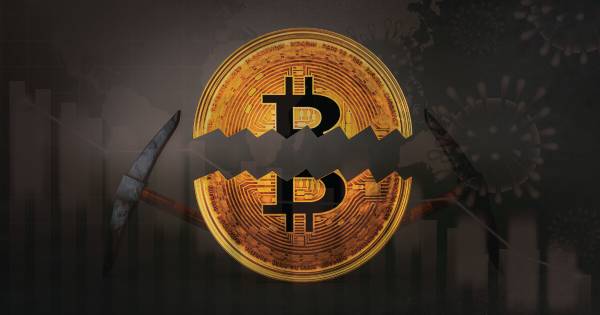Bitcoin Goes Through Third Halving, Blockchain Solution for Provably Fair Gaming
(Reuters) - Bitcoin slid on Monday in volatile trading, after it went through a technical adjustment that reduced the rate at which new coins are created, but the outlook remained upbeat as the increase in supply slows down.
Monday’s “halving” cuts the rewards given to those who “mine” bitcoin to 6.25 new coins from 12.5. The next halving will be in 2024.
Bitcoin relies on so-called “mining” computers that validate blocks of transactions by competing to solve mathematical puzzles every 10 minutes. In return, the first to solve the puzzle and clear the transaction is rewarded new bitcoins.
In late afternoon trading, bitcoin was last down 1.3% at $8,620.43 against the dollar BTC=BTSP on the Bitstamp platform. It briefly turned higher.
“The incentive is less for miners now to mine bitcoin and they will probably switch to more profitable cryptocurrencies. So in the short term, there’s going to be pressure for bitcoin,” said Edward Moya, senior market analyst at OANDA in New York.
“But longer term, you’re probably going to see higher prices. With all the fiscal and monetary stimulus that’s being pumped into the global economy, there’s renewed interest from institutional traders looking for alternatives to modern government-backed currencies.”
Bitcoin has gained more than 20% since the beginning of the year. It touched $10,000 last week, a roughly three-month high, after Bloomberg reported that hedge fund manager Paul Tudor Jones has backed bitcoin as a hedge against inflation.
Traders said the prospect of bitcoin’s halving has fueled gains in the asset this year.
Bitcoin two earlier “halvings”— one in November 2012 and the other in July 2016 — had signaled the start of bitcoin’s most dramatic bull runs over a period of several years, although not before a brief sell-off.
The previous two bitcoin events propelled rallies of about 10,000% from late 2012 to 2014, and roughly 2,500% from mid-2016 to the currency’s all-time high just shy of $20,000 in December 2017, according to traders.
Scott Freeman, co-founder and partner at crypto firm JST Capital, said volatility should subside from its recent highs now that the “halving” has happened.
“Given that the halving happened without any interruption to crypto markets, we expect to see continued growth in the crypto eco-systems, especially with recent increased interest from institutional investors and the continued buying by retail investors,” he added.
-
BTC Halving Tweets Show Investors Remain Bullish on Bitcoin Price
-
What You Need To Know About Bitcoin's Halving
-
Bitcoin could hit above $100,000 by August 2021
-
Up to 30% of Bitcoin Miners Close Shop as Business Turns Unprofitable After Halving
BitBoss - iGaming Blockchain Case Study - Provably Fair
BitBoss, a Denver-based iGaming business, uses the power of the Bitcoin SV blockchain to enable operators to institute provably fair gaming, with instant settlements and verifiable results, all at a cost of only fractions of a cent per transaction.
Their solution could be a game changer for the iGaming industry that, despite having an annual global market size of close to $50 billion, has a number of issues related to fairness and trust – with problems including the calculation of odds, delayed and expensive settlements, in addition to an overall lack of transparency.
Central to the value proposition posited by BitBoss for their iGaming products is verifiably fair gaming, ensuring that all games are played within the rules specified, with no opportunity for operators to change the parameters or results after a bet has been made – an issue all too frequently encountered by punters at present.
BitBoss has already applied its revolutionary solutions to land-based casinos. Their Bridge Link tool - a piece of hardware costing only $100 that can be installed into almost any slot machine - allows for casino chips to be tokenized on the blockchain.
For customers, instead of using cards or receipts, their balance and tokens are stored on the blockchain, accessible through an app on their phone.
For Casino operators, this means that they are able to track chip movements and use a single digital token across both their in-person and online gaming offerings – enabling them to seamlessly transition players between the two.
See the Case Study About iGaming on Blockchain Here
- Aaron Goldstein, Gambling911.com















